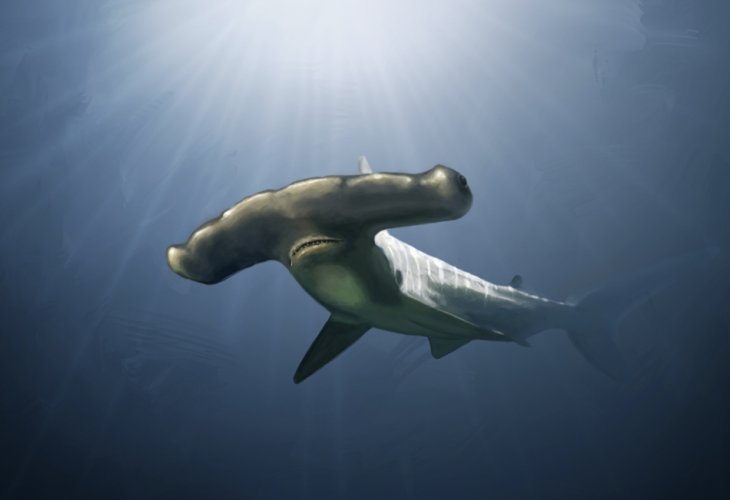Facts You Didn't Know
Surprising Things About Nature, Science and Inventions
Learn about a paper house, a fast-moving snake, and who made the first popsicle
 (Photo: shutterstock)
(Photo: shutterstock)• Did you know what the biggest man-made hole is?
It’s the Kennecott Copper Mine in Bingham Canyon, Utah, USA. This is the largest open-pit mine in the world and it’s still in use today. It’s about 1,200 meters deep and around 4 kilometers wide.
• Ever wonder why hammerhead sharks have such strange-shaped heads?
The hammerhead shark’s head looks like a hammer with its eyes and nostrils spread out wide. This helps it smell things better in the water and gives it a super wide view. The shape also helps it move quickly when hunting or escaping danger.
• Did you know there are houses made of paper?
In Japan, people have built paper houses for hundreds of years. The walls are made with bamboo and paper, designed to be flexible during earthquakes. The paper is coated with a tree resin to make it water-resistant, and the roofs are slanted to help rain slide off.
• Do you know which volcano erupts the most?
It’s Kīlauea in Hawaii. This volcano has been erupting almost nonstop for over 30 years, slowly adding more land to the island. What we see above the ground is just the top, the rest is a huge underwater mountain that’s actually taller than Mount Everest!
• Who came up with the idea for the popsicle?
In 1923, Frank Epperson got the patent for the popsicle. But the story goes that when he was just 11 years old, he accidentally left a sugary drink with a mixing stick outside overnight. It froze and the popsicle was born.
• Do you know which snake is the most dangerous?
It might be the black mamba, found in Ethiopia and Namibia. This snake is super fast, about 5 meters per second and its venom is very strong. If someone gets bitten, they need treatment right away to survive.
• Did you know one scientist won two Nobel Prizes?
Marie Curie was the first to do it. She won the first prize in physics with her husband for their work on radiation. Later, she won another one in chemistry for discovering radium and polonium. Sadly, the radiation she worked with eventually harmed her health.

